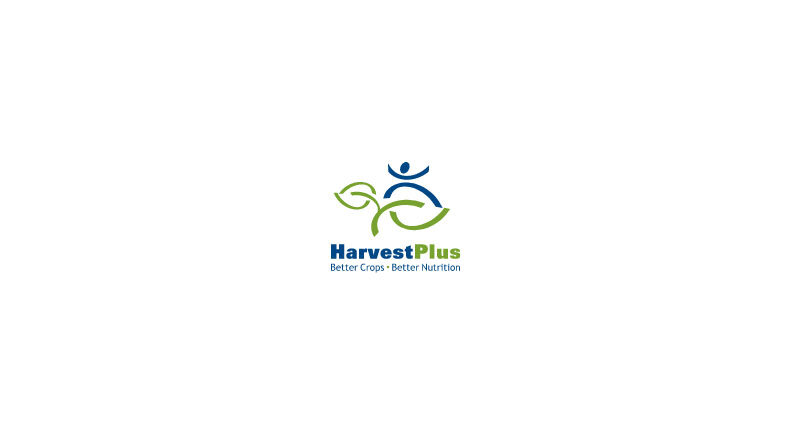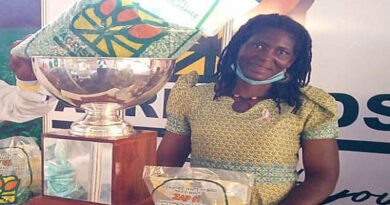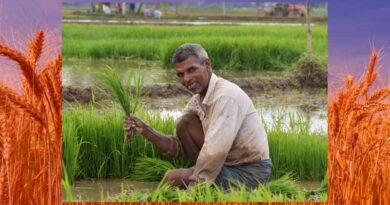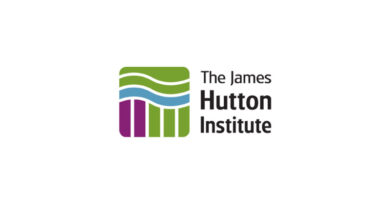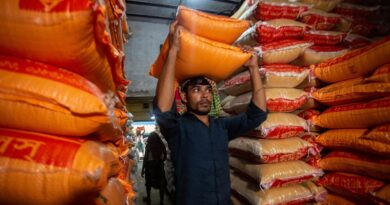In Zimbabwe, a Community Mobilizer Expands Interest in Biofortified Crops
20 July 2021, Zimbabwe: In all countries where HarvestPlus and its partners promote nutrient-enriched staple crops, lead farmers have a critical role. At the local level, they help promote biofortified crops on a peer-to-peer basis.
In Zimbabwe, Community Based Mobilizers (CBMs) play the role of lead farmers in local communities. CBMs are farmers and peer trainers residing in villages and communities where HarvestPlus is promoting the production and consumption of biofortified crops. CBMs are facilitated through the Livelihoods and Food Security Programme (LFSP) as part of the pluralistic extension approach.
As opposed to the traditional extension approach—relying on government extension staff to teach farmers on good agricultural practices directly, but with low effective reach due to the high farmer-to-extension worker ratio—the pluralistic approach uses several complementary methods to increase farmer reach. Methods used under the LFSP included the use of CBMs, study circles, farmer field schools, innovation platforms, value chain training centers, ICT technologies, and others.
Also Read: ADM Statement on Wheat Gluten Anti-Dumping Petition
At the center of all approaches is the extension officer. The CBMs receive guidance from the extension officer and act as a link between them and farmers, thus helping the extension officer to reach more farmers than s/he would have in the absence of the CBMs.
CBMs are typically early adopters of nutritious crops and are capable of disseminating nutrition and production messages, as well as promoting consumption of biofortified foods in the different districts. They work as biofortification ambassadors and peer trainers. Their main role is farmer mobilization for various biofortification activities, farmer training, and local-level advocacy.
Over time, HarvestPlus Zimbabwe through the Department of Agricultural, Technical and Extension Services (AGRITEX) has selected 52 CBMs (26 females and 26 males) who have helped HarvestPlus’ biofortification messaging reach smallholder farming households in the CBMs’ jurisdictions. To facilitate this mission, the CBMs were provided with bicycles for easy mobility and access to farming households.
Emelda Ngwarati, 48, is a farmer and a CBM working with LFSP at Mazowe District in Mashonaland province of Zimbabwe. The last five cropping seasons have been transformative years of her life as she introduced vitamin A-biofortified orange maize to her usual crop basket of predominantly white maize. Her new farming journey, especially as a community mobilizer, has influenced many more people in her community to grow and consume vitamin A maize.
Emelda has been growing biofortified crops since 2018 when they were first introduced in Mazowe District through the program under the LFSP in Zimbabwe. The LFSP is funded by the United Kingdom government through the Foreign, Commonwealth & Development Office (FCDO). The Food and Agriculture Organisation of the United Nations (FAO) and Palladium manage LFSP, while HarvestPlus is the program’s technical partner on biofortification.
“I have been a farmer all my life and the rewards have been average, but the introduction to vitamin A-rich orange maize has not only resulted in good yields but better nutrition. That is the reason I was awarded the top woman farmer of vitamin A maize at the Zimbabwe Agricultural Show,” said Emelda.
As a CBM working with HarvestPlus-supported farmers, Emelda disseminates biofortified crop production and nutrition messaging in her ward and surrounding communities. The high uptake of biofortified crop production in HarvestPlus implementing districts is attributed to the efforts of CBMs such as Emelda who invest time to educate, train and motivate farmers to ensure families consume nutrient-rich foods for better health.
“I used to practice farming for business where the goal was to produce more to sell. With the introduction of orange maize, we now farm to improve nutrition more than to earn more income. The good thing though is that orange crops also have good yields, meaning we are benefitting both good yields and enhanced nutritional value,” echoed Emelda.
Despite its benefits, convincing other farmers to include orange crop production has had its challenges for Emelda and other CBMs.
“Initial uptake of orange crops by community members was low as most were hesitant due to the belief that they were just another type of genetically modified organism (GMO). However, with recurring and extensive education, compounded with training from AGRITEX, a distinction between biofortified seed and GMOs was established and understood, resulting in good uptake and demand for biofortified crop production training,” said Emelda. All biofortified crops promoted by HarvestPlus and its partners are not GMOs, they are developed through converntional cross breeding.
The growth in popularity of biofortified foods across Africa means an improvement in nutrition. For example the popular vitamin A orange sweet potatoes (OSPs) provide up to 100 percent of daily vitamin A requirements when eaten regularly, while vitamin A maize provides up to 50 percent of daily vitamin A requirements; iron beans provide up to 80 percent of daily iron requirements.
In most homes, food preference is now leaning towards biofortified foods as people now understand its nutritional benefits. The vitamin A maize is a popular choice even in Emelda’s household.
“I stay with my five grandchildren and they now prefer the new vitamin A orange maize over white maize for its good taste and well marketed nutritional benefits,” said Emelda.
The vitamin A in the orange maize grown by Emelda aids in maintaining healthy skin, good vision, and a strong immune system. These biofortified varieties are high-yielding in addition to being tolerant to heat, drought, and disease. Vitamin A deficiency lowers immunity, impairs vision, and may lead to blindness and even death. About one in every four children under the age 5 years are estimated to be vitamin A deficient.
With poverty levels on an increase globally, biofortification of crops is a timely solution to improve food security, especially in Africa and more specifically Zimbabwe, where climate change has had serious adverse effects on food production, availability, and eventual access.
Biofortified crops are therefore a feasible means of reaching rural populations who have limited access to diverse diets, especially women and children. For example, through HarvestPlus training, Emelda’s life has changed and she is now at the forefront of helping and teaching surrounding communities about eating healthy through biofortified crops.
Today, HarvestPlus Zimbabwe works with more than 30 partners in government, business, and civil society to improve nutrition and public health by promoting varieties of vitamin A-rich maize and orange sweet potato, and iron-rich beans. More than 254,000 farming households in Zimbabwe now grow and consume biofortified crops.

